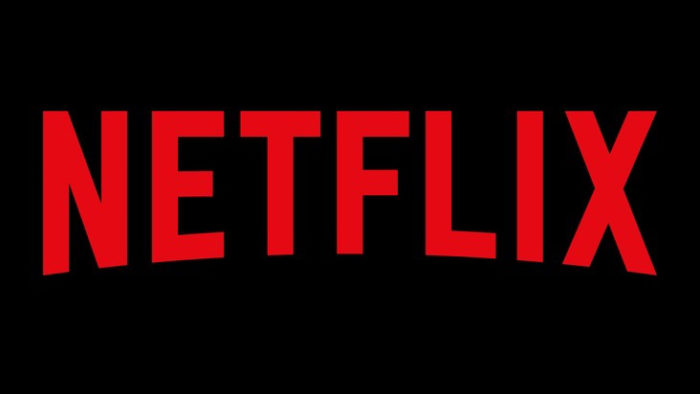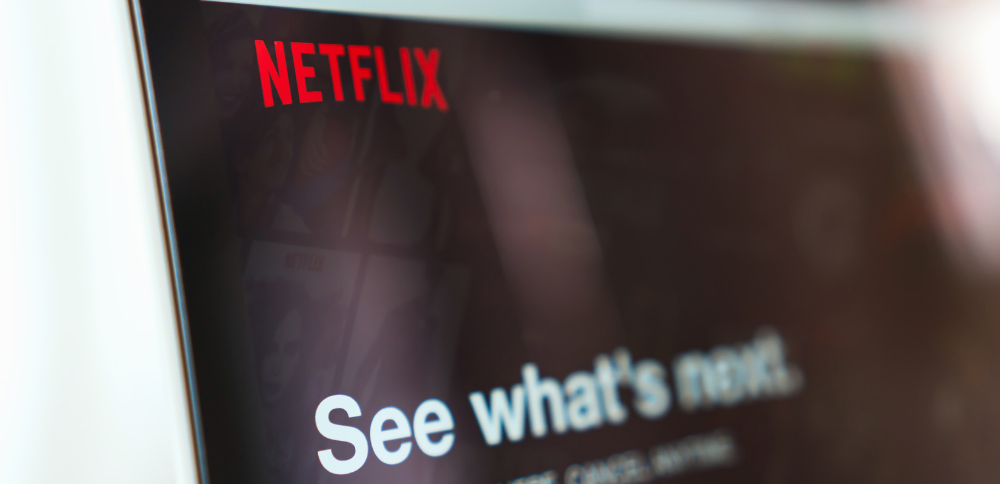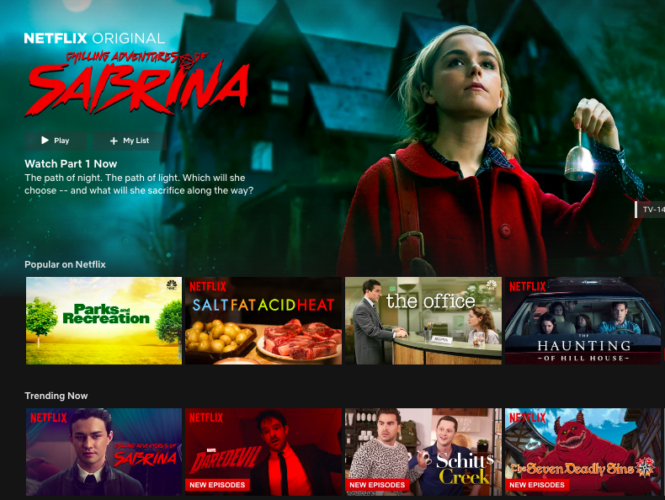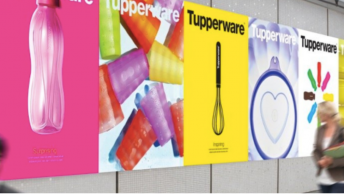Over two decades Netflix has transformed from a little-known e-commerce site to a massive global brand. This is how they did it.
What is a Brand?

Branding is all about relationships and story building.
SEE ALSO: Establish Product-Story Fit
A brand tells a story that builds a relationship between a customer and a product. This includes:
- Positioning
- Benefit for customers
- Personality
- Aspiration
- An emotional connection
Ultimately, marketing defines a brand, but a great product brings it to life. Two separate models stand behind Netflix’s meteoric rise. These are the positioning model and brand pyramid model.
SEE ALSO: 6 Psychology Hacks That Immediately Improve Your Digital Brand
The Positioning Model
This model describes the first three aspects of the brand definition: positioning, benefit for customers, and personality.
Firstly, positioning is the place that a brand occupies in a customers mind. This can include their opinions of a brand and what they associate it with. So, to apply this model, ask these important questions:
- How do you describe your product or company?
- How do these things benefit your customers?
- What’s your brand personality and how will customers relate to it?
This should all be done in simple, straightforward language. Here is the Positioning Model when applied to Netflix:
- Netflix is a monthly subscription service for film and TV.
- It’s fast, easy, entertaining, and affordable.
- It has a straightforward and engaging personality.
You can apply this model to your brand too.
The Brand Pyramid Model
This model builds on the positioning model with emotional objectives. It involves defining emotional benefits for customers and focusing on a big picture something that inspires your team.
The reason for this is that emotion is what sticks best in people’s minds. This is explained best by writer and activist Maya Angelou who said:
“I’ve learned that people will forget what you said, people will forget what you did, but people will never forget how you made them feel.”
Going Deep into the Brand Pyramid
The brand pyramid contains:
- Product attributes
- Product benefits
- Emotional benefits
- Something bigger
- Headline
Product attributes are the features that benefit customers. These are why consumers will want, like, and continue to use your products or services.
Product benefits are the ways in which a product improves customers lives. Product attributes must enable product benefits.
Emotional benefits address how your product makes customers feel. Will using it make them feel entertained, accomplished, relaxed, or like their life is being enriched in some other way?
Something bigger focuses on the future. If your product is successful and delivers practical value and emotional benefits to customers, how might it affect the world at large over time? Many teams struggle with this one, but it is important to consider it.
The headline summarises it all and can inform ad campaign titles. It defines the model. After you do your best to define the model in a short and sweet way, explore various ideas with consumer research. Use focus groups, surveys, and A/B tests to make sure that your headline hits all the right notes.
This headline should not be too complex. 43% of adults living in the US have below or below basic reading skills. It is suggested that for the general public, the text is written at an 8th-grade level or below.
When applied to Netflix, this model looks like this:
- Product attributes: TV, film, and original content streaming
- Product benefits: Fast, simple, entertaining, affordable
- Emotional benefits: Enjoyment
- Something bigger: Escape reality
- Headline: “Movie Enjoyment Made Easy”
The Evolution of Netflix as a Brand
Over the years, parts of Netflix’s brand model changed to suit new goals. Over time they evolved their product. Netflix began as an e-commerce brand that sold DVDs in 1999.
However, by 2004, they had become a DVD-by-mail subscription service. Unlike Blockbuster, they didn’t have due dates or late fees, and sent movies right to the homes of customers.
By 2010, Netflix had commited itself more to streaming. Streaming was quickly becoming the norm, and the industry well on its way to abandoning DVDs.
By 2011, their services switched to reflect this shift. Streaming was put first, and DVD-by-mail an add on.
They also more aggressively promoted the fact that Netflix could be watched on TV. This is because the service was available on all major tv-based gaming platforms.
From Streaming Content To Making Content
By 2012, the brand was known first and foremost as a streaming service. It was also a streaming powerhouse with more than 30 million members.
In 2013, Netflix released their first original series “House of Cards.” This changed the brand image of Netflix from an aggregator of others content to a producer of edgy, modern, engaging high quality content.
SEE ALSO: It’s Time to Take the Brand Out of Branded Content
The Netflix of today is both a streaming service and a producer of relevant content that is often both popular and critically acclaimed.
In an age where cable TV is struggling, Netflix is making landmark hit series like “Stranger Things” and “Queer Eye.” They have also created international stars like Laverne Cox and Millie Bobby Brown.
Over 20 years, Netflix has transformed from a site to buy DVDs on to a globally popular streaming service and pop culture maker.
How Netflix Makes it Happen
Netflix has been willing and able to take cues from research and market trends, and keep an eye on the horizon for two decades. Understanding and accepting the future of their industry has allowed them to evolve to shape it.
Over the years Netflix has experimented not only with their product offerings, but how to present them. They continuously A/B tested different positioning and branding approaches on their non-member home page.
Trial and Error
One approach was offering non-members free trials. However, they constantly make changes. For example, As of mid-2018, all user reviews of films and shows were deleted.
They also tried a social media approach, by allowing members to share what they watched on Facebook. However, this tactic did not prove as effective as they had hoped.
SEE ALSO: How Much Will Social Media Marketing Cost in 2020?
The Future of Netflix
And the journey is by no means over. This is because the interplay between product, marketing, and customers is a constant dance. Therefore, any brand must be responsive to all of this if they want to be able to evolve and thrive.
Today, Netflix is a world class company with a distinct brand that others have struggled to compete with for over a decade.
They have done it by using the brand pyramid model as a guide to anchor them as they have evolved. And how exactly their branding and services will evolve in the future is anyone’s guess.
What do you think Netflix will do next? Comment below…












